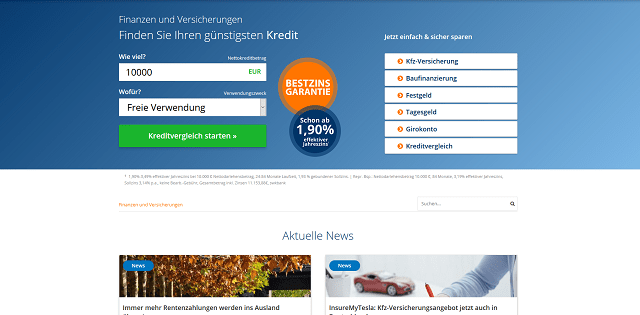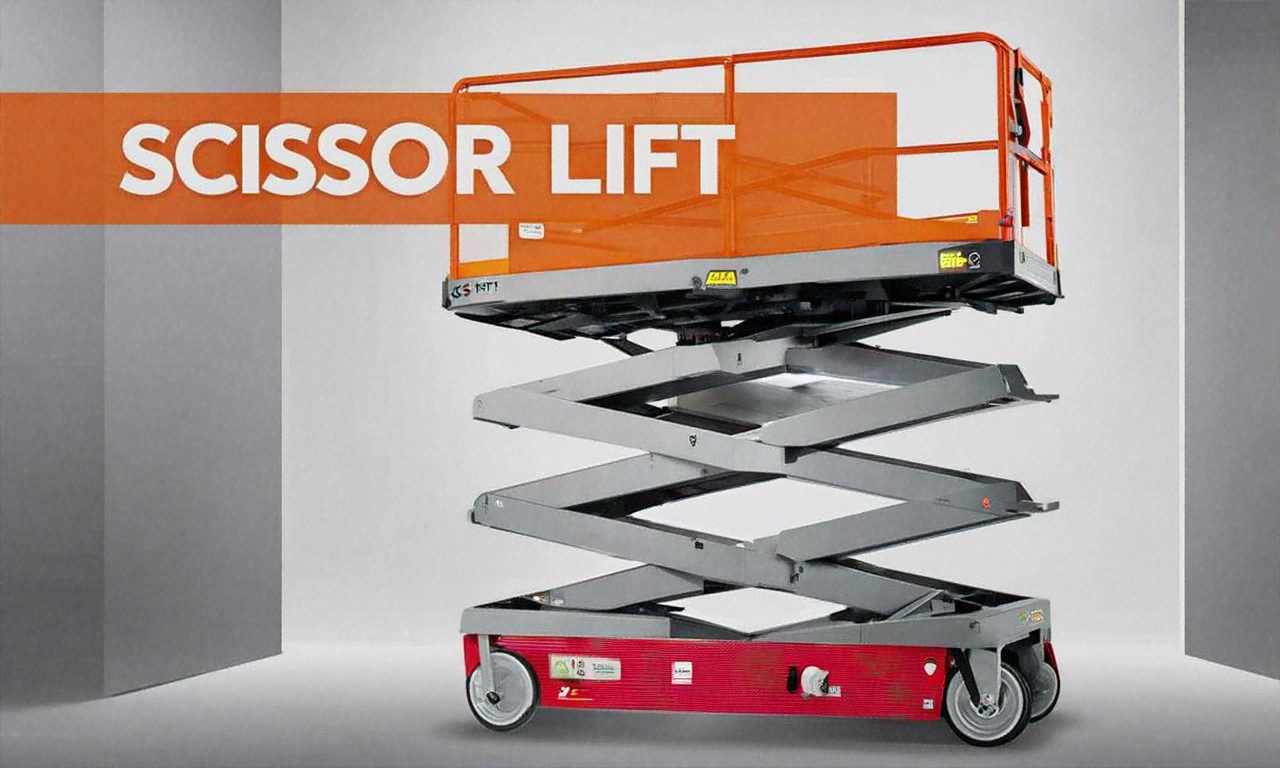Understanding Motorcycle Financing Options and Loan Management
Financing a motorcycle involves more than just finding a lender. Riders need to understand loan structures, interest rates, credit requirements, and repayment terms to make informed decisions. Whether you're purchasing your first bike or upgrading to a newer model, knowing how motorcycle financing works and what factors influence your monthly payments can help you manage the process responsibly and avoid common pitfalls.

Discover How Motorcycle Loan Options Work And What Riders Consider Before Applying
Motorcycle loans function similarly to auto loans, allowing buyers to finance a bike through secured or unsecured lending. Secured loans use the motorcycle as collateral, typically offering lower interest rates because the lender has recourse if the borrower defaults. Unsecured loans do not require collateral but often come with higher rates due to increased lender risk.
Before applying, riders consider several factors. Credit score plays a significant role in determining eligibility and interest rates. Lenders typically prefer scores above 650, though options exist for those with lower scores at higher rates. Down payment size also matters—putting down 10 to 20 percent of the purchase price can reduce monthly payments and improve loan terms. Riders also evaluate loan duration, balancing lower monthly payments from longer terms against higher total interest costs.
Another consideration involves new versus used motorcycles. New bikes often qualify for promotional financing rates, sometimes as low as zero percent through manufacturer incentives. Used motorcycles may have higher rates but lower purchase prices, making them attractive for budget-conscious buyers. Understanding these options helps riders align financing with their financial situation and riding goals.
Learn The Key Factors That Influence Motorcycle Financing And Monthly Payments
Several variables directly impact the cost of motorcycle financing. Interest rates represent the primary factor, influenced by credit score, loan term, and whether the motorcycle is new or used. Borrowers with excellent credit may secure rates between 3 and 6 percent, while those with fair credit might see rates from 8 to 15 percent or higher.
Loan term length significantly affects monthly payments. Shorter terms of 36 months result in higher monthly payments but less total interest paid. Longer terms of 60 or 72 months reduce monthly obligations but increase the overall cost of borrowing. The motorcycle’s value also matters—lenders may limit loan amounts to a percentage of the bike’s worth, typically 100 to 125 percent for new models and less for used ones.
Debt-to-income ratio is another critical factor lenders evaluate. This measures monthly debt obligations against gross income, with most lenders preferring ratios below 40 percent. Insurance costs, while not part of the loan itself, affect affordability since full coverage is usually required for financed motorcycles. Riders should factor in these ongoing expenses when calculating what they can realistically afford.
| Lender Type | Typical Interest Rate Range | Loan Terms Available | Key Features |
|---|---|---|---|
| Banks | 4% - 12% | 24 - 72 months | Competitive rates for existing customers, relationship discounts |
| Credit Unions | 3% - 10% | 36 - 60 months | Lower rates for members, personalized service |
| Manufacturer Financing | 0% - 8% | 24 - 60 months | Promotional rates on new models, dealer convenience |
| Online Lenders | 5% - 18% | 24 - 84 months | Quick approval, flexible credit requirements |
| Peer-to-Peer Platforms | 6% - 15% | 36 - 60 months | Alternative to traditional lenders, varied terms |
Prices, rates, or cost estimates mentioned in this article are based on the latest available information but may change over time. Independent research is advised before making financial decisions.
Understand The Steps People Take To Compare And Manage Motorcycle Loans Responsibly
Comparing motorcycle loans requires systematic evaluation of multiple offers. Start by checking your credit score to understand what rates you might qualify for. Obtain quotes from at least three to five lenders, including banks, credit unions, and online providers. Compare not just interest rates but also fees, such as origination charges, prepayment penalties, and late payment costs.
Calculate the total cost of each loan option, not just monthly payments. A longer term with lower payments might seem attractive but could cost thousands more in interest over time. Use online calculators to model different scenarios with varying down payments, terms, and rates. Read the fine print carefully, noting whether rates are fixed or variable and understanding any conditions attached to promotional offers.
Once you secure financing, responsible management involves making payments on time to protect your credit score and avoid late fees. Consider setting up automatic payments to ensure consistency. If possible, make extra payments toward principal to reduce interest costs and shorten the loan term. Maintain adequate insurance coverage as required by the lender, and keep documentation organized for tax purposes if applicable. Refinancing becomes an option if interest rates drop significantly or your credit improves, potentially lowering monthly obligations or shortening the repayment period.
Preparing Your Finances Before Applying
Successful motorcycle financing begins with financial preparation. Review your budget to determine how much you can comfortably allocate to monthly payments without straining other obligations. Financial advisors often recommend keeping vehicle-related expenses, including loan payments, insurance, maintenance, and fuel, below 15 to 20 percent of monthly income.
Gather necessary documentation before applying, including proof of income such as pay stubs or tax returns, identification, proof of residence, and details about the motorcycle you intend to purchase. Having this information ready speeds the application process and demonstrates financial organization to lenders. Check your credit report for errors that might negatively impact your application, disputing any inaccuracies well before applying.
Consider getting pre-approved before shopping for a motorcycle. Pre-approval gives you a clear budget and strengthens your negotiating position with dealers. It also prevents the disappointment of finding the perfect bike only to discover you cannot secure adequate financing. Pre-approval typically involves a soft credit inquiry that does not affect your credit score, though the final loan application will require a hard inquiry.
Common Mistakes To Avoid When Financing A Motorcycle
Several pitfalls can complicate motorcycle financing. Focusing solely on monthly payment amount rather than total loan cost leads many buyers to accept longer terms with higher overall interest. Similarly, minimal down payments increase loan amounts and may result in being underwater on the loan if the motorcycle depreciates faster than the loan balance decreases.
Ignoring additional costs beyond the loan payment causes budget problems. Registration, taxes, insurance, gear, maintenance, and accessories add up quickly. Failing to shop around for the best rates can cost hundreds or thousands over the loan term. Many buyers accept dealer financing without comparing it to outside lenders, potentially missing better options.
Overextending financially by purchasing more motorcycle than you can afford strains budgets and increases default risk. Being realistic about your financial capacity and choosing a bike that fits comfortably within it ensures enjoyable ownership without financial stress. Understanding these common mistakes helps riders navigate the financing process more successfully and maintain healthy finances while enjoying their motorcycles.




